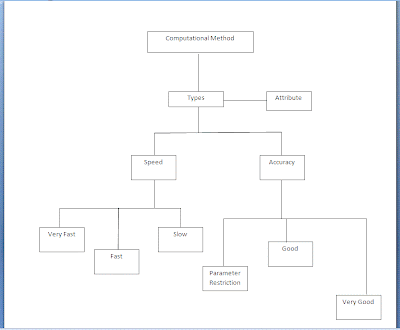Many application programming interfaces (APIs) have been developed that software developers use to process XML data, and several schema systems exist to aid in the definition of XML-based languages.
As of 2009[update], hundreds of XML-based languages have been developed, including RSS, Atom, SOAP, and XHTML. XML-based formats have become the default for most office-productivity tools, including Microsoft Office (Office Open XML), OpenOffice.org (OpenDocument), and Apple's iWork.
XML CODES :
<?xml version="1.0" encoding=ISO-8859-1"?>
<Computational Method>
<Types="Molecular mechanics">
<speed>Very Fast Speed</speed>
<accuracy>Parameter Restiction</accuracy>
</Types>
<Types="Semi Emperical">
<speed>Fast Speed</speed>
<accuracy>Good Accuracy</accuracy>
</Types>
<Types="Ab initio">
<speed>Slow Speed</speed>
<accuracy>Very Good Accuracy</accuracy>
</Types>
</Computational Method>
XTM TREE
TABLEComputational Method
| Molecular mechanics | Semi Empirical | Ab initio |
|---|---|---|
| Very Fast Speed | Fast Speed | Slow Speed |
| Parameter Restriction | Good Accuracy | Very Good Accuracy |
For more details about XML,PLEASE CLICK THIS LINK!http://en.wikipedia.org/wiki/XML

No comments:
Post a Comment